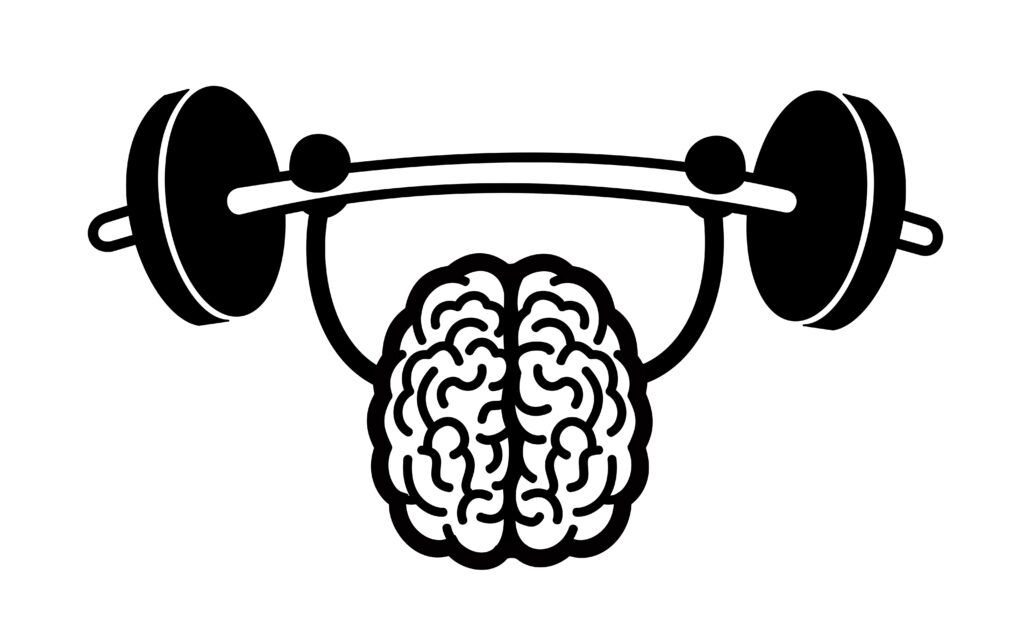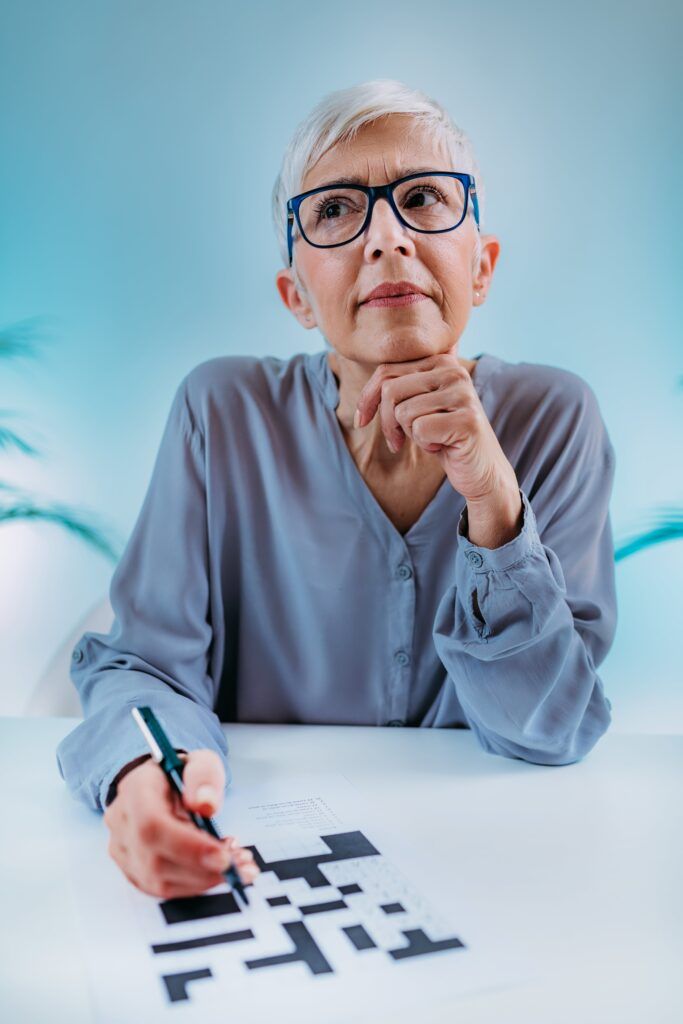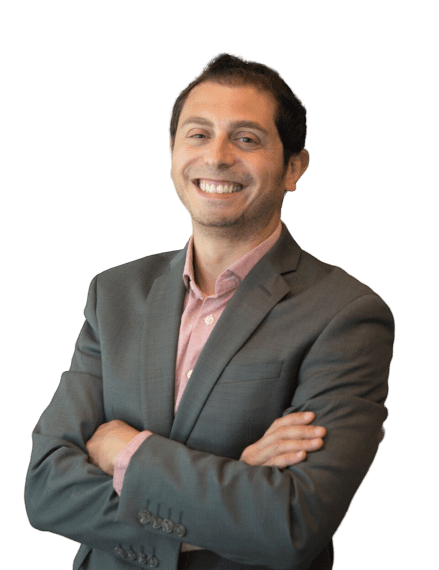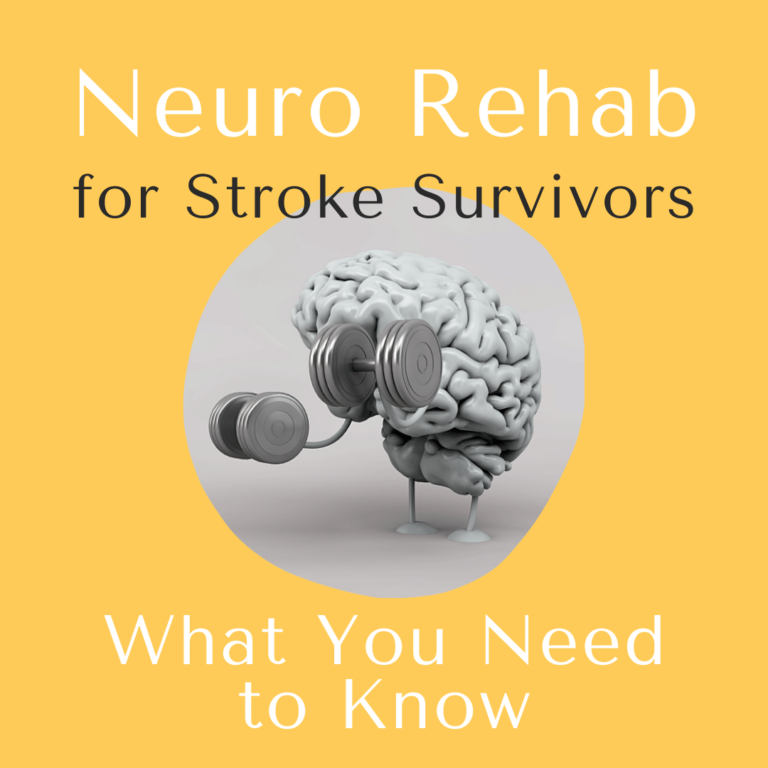A stroke can be a life-altering event. For many people, it means living with the aftermath of a debilitating injury that changes their lives in ways they never imagined. If you are one of the millions of people who have had a stroke, you may be wondering what comes next. Post-stroke rehabilitation is an important part of your recovery and can help you regain some of the independence you lost after your stroke. In this blog post, we will discuss what post-stroke rehabilitation is and why it is so important. We will also highlight some of the common disabilities that occur as a result of a stroke and explain how neuro rehab can help address them.

What is post-stroke rehabilitation?
Also called stroke rehab, it is a comprehensive program that helps stroke survivors regain function and independence. The goal of stroke rehab is to help you relearn skills that were lost when the stroke damaged your brain. Depending on the severity of your stroke, you may need to relearn how to walk, talk, eat, and take care of yourself. Stroke rehab typically involves a team of healthcare professionals including doctors, nurses, therapists, and counselors.
Why is post-stroke rehabilitation important?
A stroke can cause damage to the brain that leads to a number of disabilities. The type and severity of the disability will depend upon the area of the brain that was affected. Some of the most common disabilities caused by a stroke can include:
Problems with Motor Control
One common disability caused by a stroke is problems with movement and sensation. This can take the form of paralysis, loss of voluntary movement, or weakness that generally affects one side of the body (usually the opposite side of the where the stroke occurred). Additionally, this can also cause problems with swallowing and lead to a loss of control of body movements leading to problems with posture, walking, and balance.
Sensory Disturbances

A stroke can also cause problems with sensation, including numbness, tingling, and pain. This can occur on the same side of the body as the stroke or on the opposite side. Some people may also not recognize objects they are holding or they may lose bowel and bladder control. In some cases, chronic pain syndromes can also occur when weakness causes “frozen” joints. In rare cases, a stroke to the thalamus can cause damage to the nervous system resulting in thalamic pain syndrome.
Problems with Language
Another common disability caused by a stroke is problems with language and communication. This can take the form of difficulty understanding others, difficulty speaking, or problems with reading and writing. Expressive aphasia is a type of language disability that results in difficulty speaking or writing words in a coherent manner. Receptive aphasia is a type of language disability that results in difficulty understanding others, as well as the ability to form grammatically correct sentences with no meaning. Global aphasia is a rare but severe form of language impairment that causes problems with both understanding and speaking.
Problems with Thinking and Memory
A stroke can also cause problems with thinking and memory. This can include difficulties with attention, focus, and concentration. Additionally, people may have problems with short-term memory loss or difficulty making decisions. Anosognosia is a type of cognitive impairment that results in denial of the existence of a disability. For example, someone with anosognosia may not believe they are paralyzed even though they are unable to move their legs. Neglect is the loss of ability to respond to object or sensory stimuli. Apraxia is another type of cognitive impairment that results in difficulty with the execution of motor tasks, even though the person is able to understand what they are supposed to do.
Emotional Disturbances
Finally, a stroke can also lead to emotional disturbances such as anxiety, depression, and mood swings. These changes can be caused by the physical changes that occur after a stroke as well as the psychological impact of living with a disability.
How does post-stroke neuro rehab help?
Post-stroke neuro rehab programs are designed to identify, diagnose, and treat these common disabilities caused by a stroke. The goal of the program is to help patients regain as much function and independence as possible.
The first step in post-stroke rehabilitation is the acute phase, which generally takes place in the hospital. During this phase, patients are closely monitored so that any changes in their condition can be quickly detected and treated. Additionally, during this time, a team of rehabilitation specialists will develop a treatment plan specifically tailored to the patient’s needs.
The next phase of post-stroke rehabilitation is the subacute phase, which generally takes place in a skilled nursing facility or inpatient rehabilitation facility. During this phase, patients receive intense therapy to help them regain as much function as possible. This therapy is typically provided by a team of rehabilitation specialists including physical therapists, occupational therapists, speech-language pathologists, and psychologists.
The final phase of post-stroke rehabilitation is the outpatient phase. During this phase, patients receive less intense therapy as they transition back to their everyday lives. Additionally, during this time, patients may be seen by a variety of different specialists to help them manage their condition.
In Conclusion
In this blog, we have discussed post-stroke rehabilitation and how it can help stroke victims after having a stroke. We have defined post-stroke rehabilitation and explained what is involved in the program. We talked about why it is necessary to be sure to highlight how a stroke affects the brain. Finally, we listed and explained the types of disabilities that can occur from a stroke and how neuro rehab can help address these disabilities.
If you or a loved one has experienced a stroke, it is important to seek out post-stroke rehabilitation as soon as possible. These programs can help patients regain function and independence, and improve their quality of life. If you have any questions about stroke rehab or would like to learn more about our program, please contact us. We are here to help!

Dr. Kashouty, a diplomate of the American Board of Psychiatry and Neurology (ABPN), practices general neurology with fellowship trained specialization in clinical neurophysiology. Dr. Kashouty finds the form and function of the nerves and muscles the most interesting part of neurology, which is what led him to specialize in neurophysiology with more emphasis on neuromuscular conditions. He treats all neurological diseases, but his main focus is to treat and manage headaches, movement disorders and neuromuscular diseases.




